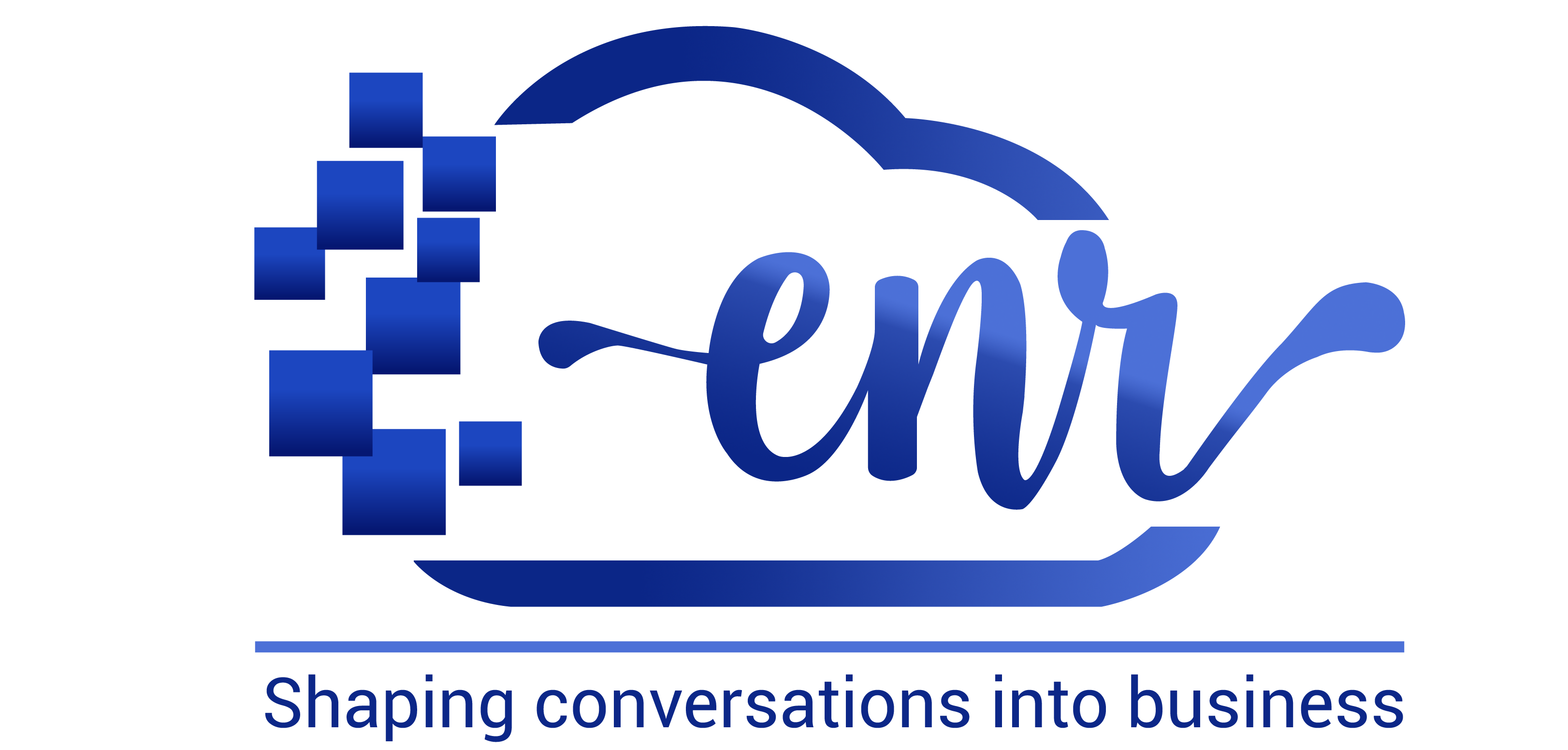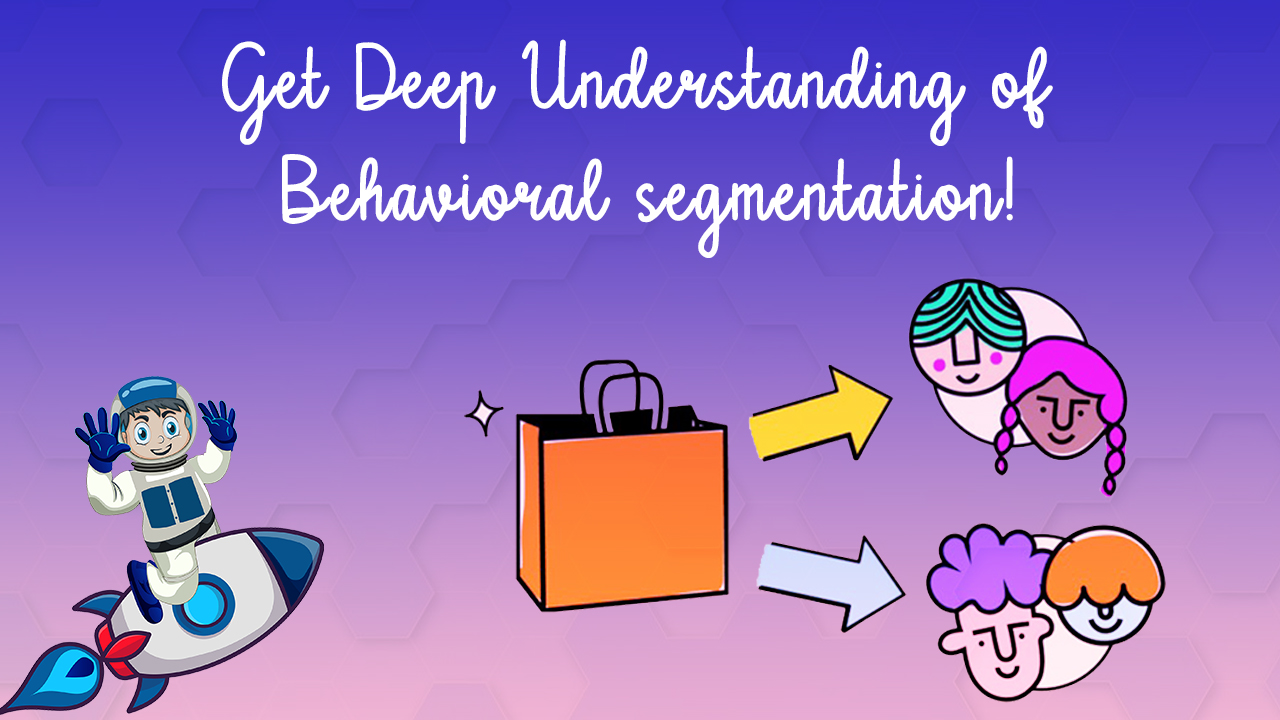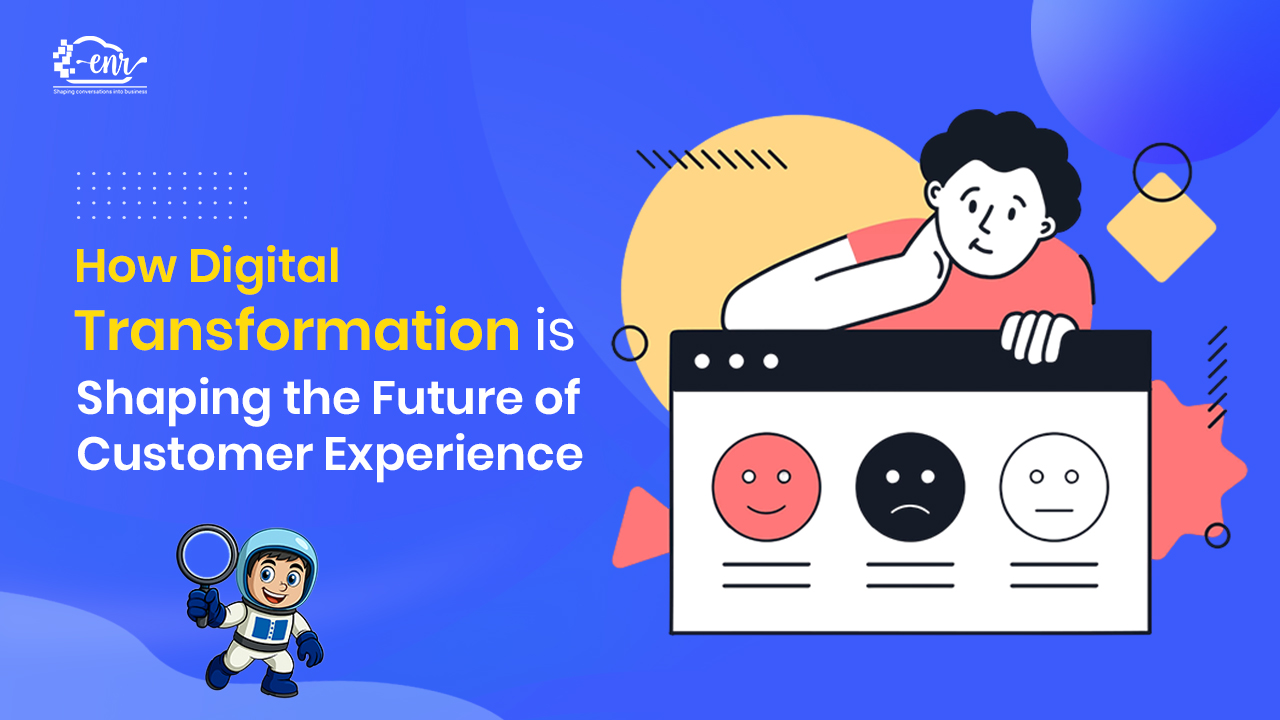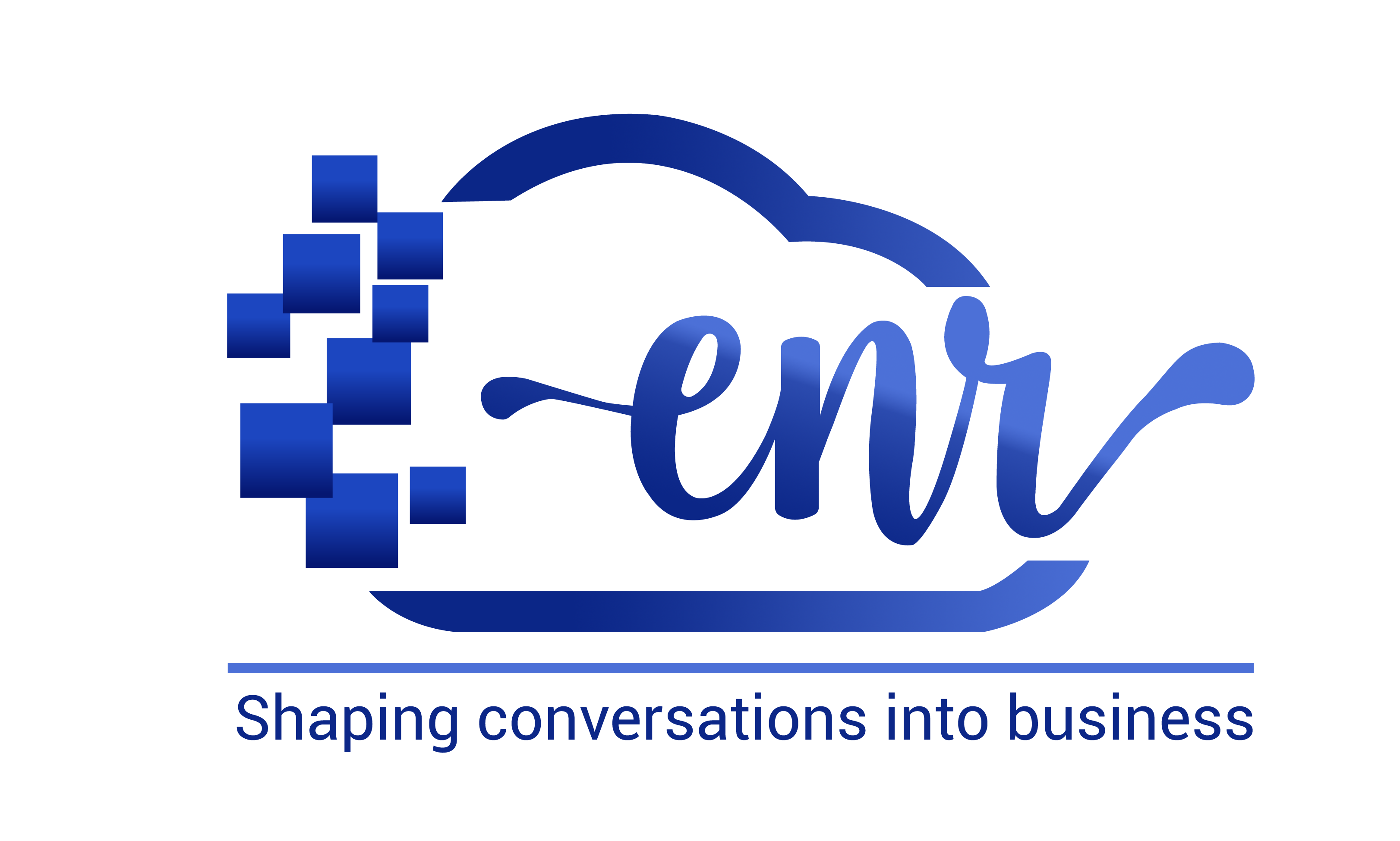Have you ever wondered how some of the world’s biggest brands communicated to you exactly the way you are interested in the brand?
One way to do it is behavioral segmentation.Â
The behavioral segment in marketing has gained lots of importance as consumer expectations emphasise personalised experience with the brand they purchase their product or service.Â
In this article, we have covered what behavioral segmentation is, its type and what strategies to follow when implementing it.
Table of Contents
ToggleWhat is Behavioral Segmentation?Â
Behavioral segmentation is a strategy of dividing the customer base into groups according to their behaviour when interacting with a particular brand. In behavioral segmentation, marketers using key attributes can market each segment and group differently and uniquely to appeal to customers in a more personalised way.Â
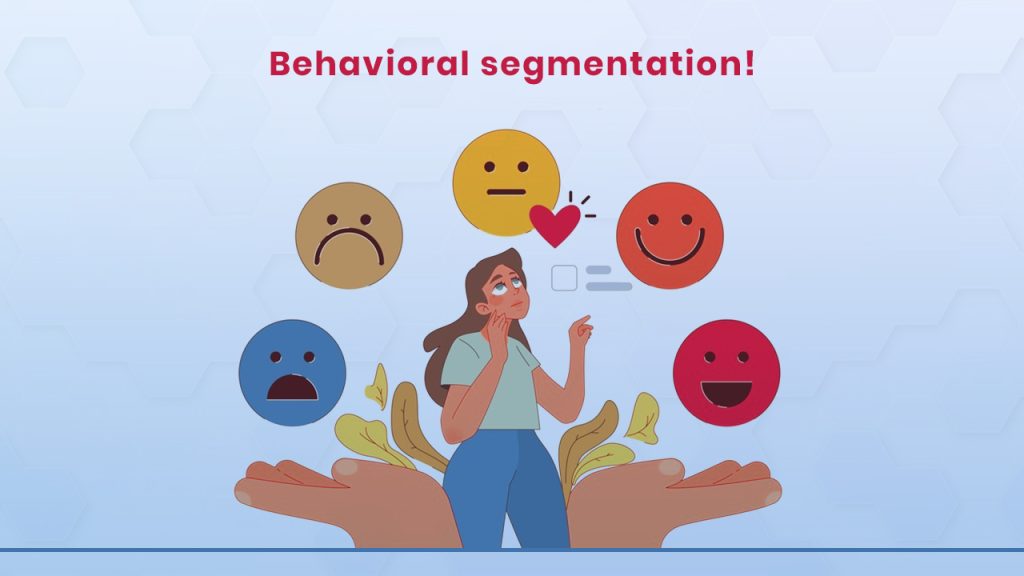
Types of Behavioral Segment
Four types of behavioral segmentation can be used to create a complete customer profile. Â
Segmentation based on Buying habits / Purchasing Behaviour
Buying behaviour, or general buying habits refers to the actions of consumers before buying any product or service.Â
Analysis of buying behaviour includes:Â
- What product do they buy?Â
- Where and when do they buy them?Â
- How much they have spent?Â
Based on such analysis, you can uncover the group of customers who act in similar ways when making purchase decisions.
For example, Imagine there are three customerÂ
- Customer A – who buys only when there is a sale on a product
- Customer B – who put little to no thought when making a purchase decision
- Customer C – who buys products based on the reviews and social proofs
Targeting all three with the same messages is a waste of resources, as each customer will react differently.
That is where the segmentation plays an important role. You can target Customer A with sale coupons or upcoming sales. You can inform Customer B of new products and new launches and for Customer C you can do a campaign around testimonials and reviews of the product through influencer marketing.Â
Targeting all three with the same messages is a waste of resources, as each customer will react differently.
That is where the segmentation plays an important role. You can target Customer A with sale coupons or upcoming sales. You can inform Customer B of new products and new launches and for Customer C you can do a campaign around testimonials and reviews of the product through influencer marketing.
A product-on-sale email example from TGIF:
The above email will target the audience who only responds to the brand when there is any sale going on product.
Knowing how your customers will purchase will help the brand send the right message to the right people in their buying journey
Segmentation Based on Usage:Â
This is the second area of behavioral segmentation, in which customer behaviour is segmented based on product or service bought or consumed.Â
Marketers can determine usages based on the following questions:
- How frequently should they buy from you?Â
- Are they heavy or light users of the product?Â
Remember, usage is not everything. Consider Customer A who spends frequently and Customer B who spends less than another customer, but makes a big purchase. As a result, it is critical to make intelligent choices when allocating resources and creating tailored marketing material.
Segmentation Based on Loyalty
In behavioral segmentation, answering questions like how loyal are a customer to your brand helps you segregate the customer based on their level of loyalty and helps marketers craft the campaign more personalized and targeted based on their loyalty.Â
Once you are aware of the people who are likely going to be your loyal customer use such email to reach out to them. Loyalty program email example from SOMA
The above email provides information on loyalty programs and rewards point that a customer can get while also cross or up-selling their product.
Segment Based on Benefits Sought
When consumers purchase a product or service they expect to get some value or benefits in return. It makes no difference whether customers buy an expensive product or everyday product like food or soap.
Marketers can group the customer based on the benefits they desire and draw their attention by creating a campaign focused on the product’s benefits or USP that distinguishes it from your competitor.
Example: Emails for users who sought benefits in the product.
Brands have communicated the details ingredient list and its benefits. This kind of email will help the brand attract users who make purchase decisions by looking at product benefits.
Behavioral Segmentation Strategies
Behavioral segmentation is a powerful tool for creating focused marketing strategies. Below is the summary of strategies marketers can use to implement behavioral segmentation:
Personalization
The personalization strategy in behavioral segmentation works well. Personalization can be as simple as addressing the customer by name or as complex as trigger-based dynamic content like product recommendations, discounts or coupons. Marketers can achieve their goals faster and smarter by learning how to use personalization effectively.
Retargeting Strategies
Retargeting also known as remarketing can be one of the important behavioral segmentation strategies. Retargeting methods involve reaching out to users based on their past behaviour by sending emails, targeted ads or more.Â
Although past behaviours are used to predict the behaviour of the future, they cannot always guarantee the perfect prediction. Past behaviour data helps you make an assumption of consumer future behaviour and retarget them across multiple platforms and devices which will help marketers achieve a consistent message and a higher chance of conversion.
Explore To Get- Marketing Automation Services
Complementary Product Recommendation
Behavioral segmentation can be one of the keys to building recommendation engines that predict and showcase the items that users would like to purchase.Â
Product recommendations can help brands increase the average number of items in online shopping carts by 68% — and conversion rates by an incredible 320%.
Behaviour Data for Product Development
Analysing your behavioral segmentation data allows marketers to collect and analyse customer feedback on products to make improvements and developments.Â
Behavioral data can help marketers build new features or make changes that align with the needs and preferences of users.
Seasoned or Event Based Behavioral Segmentation
The behaviour of users changes according to events and seasons. Marketers can develop strategies around specific times of the year such as holiday shopping or festival shopping. Brands can also create a campaign around major events such as sports or cultural events that align with user interest and behaviour.
Final Thoughts
Behavioral Segmentation is one of the four primary market segmentation, which helps marketers send the right message to the right person at the right time.Â
By breaking down customer behaviour and segmenting them using key attributes, marketers can target them with personalised content, email campaigns or other marketing initiatives.Â
In other words, providing a great experience is the difference between retaining a customer or losing them, this is where behavioral segmentation comes in.Â
Contact us today! Take the first step to connect with your customers as easily as you do with your friends!!
Also Read- RCS Vs SMS: Know the Difference and Everything
Alisha Limichana is a seasoned growth marketer and part of the MCG team at EnR Cloud, specializing in driving business growth through innovative strategies. She has a proven track record of delivering impactful marketing campaigns. Outside of work, Alisha enjoys exploring the mountains, travelling, and staying active and fit.
